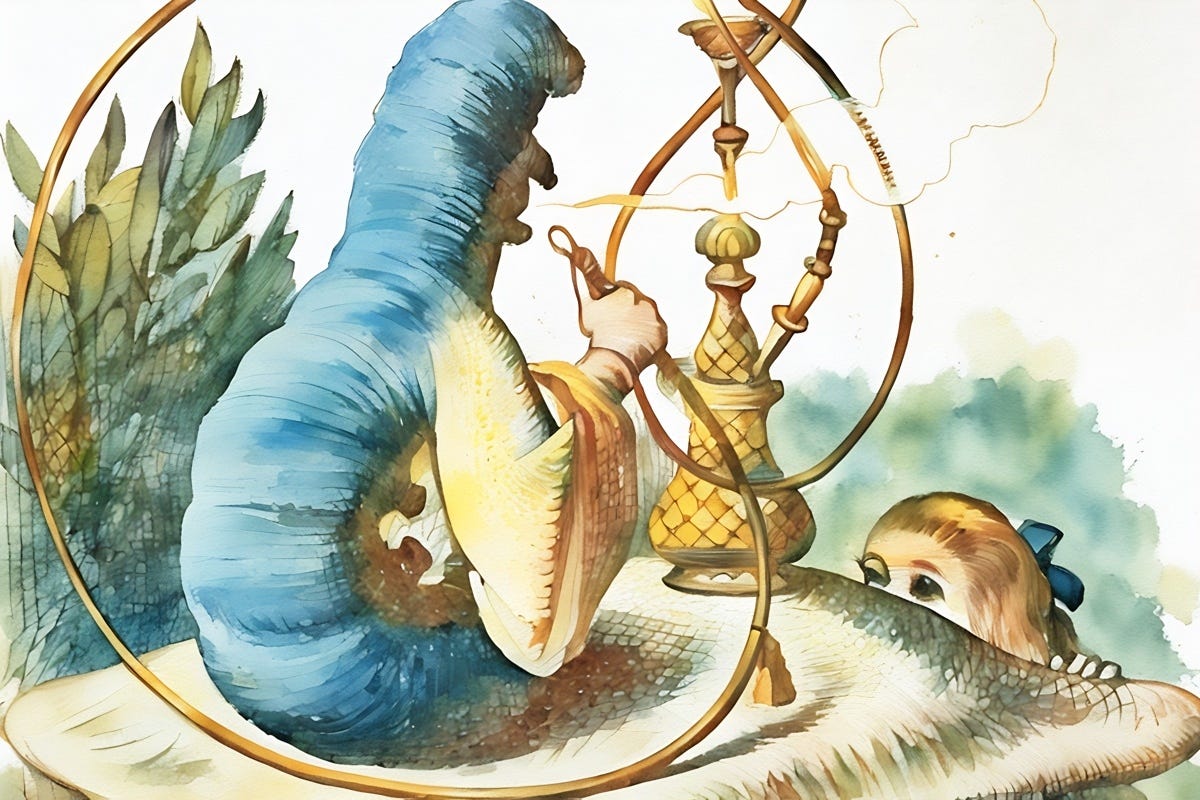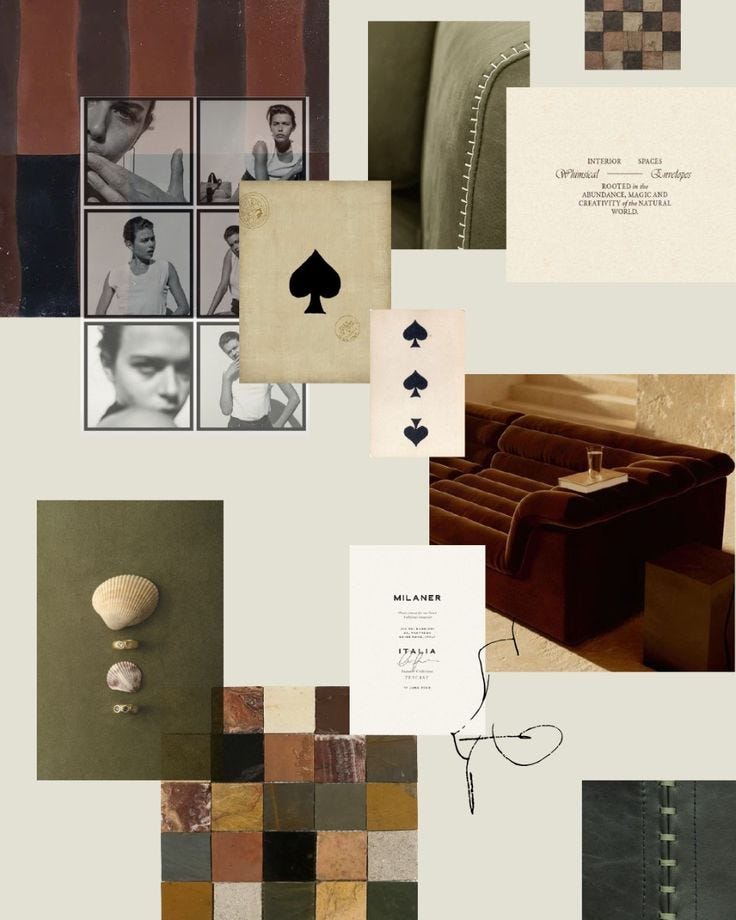"If you don't know where you’re going, any road can take you there."
― Lewis Carroll, Alice in Wonderland
Lately, I’ve been thinking about clarity—and how we experience it.
As a tool.
As a sensation.
As a quiet knowing of what really matters.
This past week the studio was hired to design a 2-story timber loft home in the West Loop and we’re starting where we always do - with curiosity in the pursuit of clarity.
What clarity brings—when we let it—is direction. Not a rigid plan, but a kind of compass. It’s what allows us to create layered design that feels generous, cohesive, and lived in. It helps us hold the tension between aesthetics and intention, logic and emotion, instinct and strategy.
And it makes the process more fun, too. More alive. Because once you know what matters, you can let go of everything that doesn’t.
So today, I wanted to share a few thought experiments. These are some of the prompts we explore with clients, and return to ourselves, when we're trying to find that first thread of clarity—the one that tells us where to begin.
Letting the Right Questions Lead
We refer to this as finding the truth of a place, it’s not just “what do you like?”
But:
Understanding Your Why…
Why can this project exist? What's your business case?
Why should this project exist? Why should consumers care about your project?
Why are you exceptionally prepared to deliver on this project? What's your core genius?
Why not them? What are you doing differently from your competitors?
Why now? What's going on in the world that makes this project relevant?
Why us? Why should customers choose you and only you?
Your Community & Culture…
How will they connect with this place? What role has it played before?
What are their lived experiences? What do they value?
What is the consideration set for your customers? What are they choosing between?
How are you going to attract them? What's drawing them from the status
quo?
What needs to be intuitive, and what can be surprising?
Imagination & Intuition…
What are you secretly dreaming of?
What’s a memory—of a place, a smell, a texture—that keeps returning?
If this project had a soundtrack, what would be on it?
What’s the emotional tone you want to set?
If your project was a person, how would it carry itself?
Material Truths…
Real world inputs matter, too.
What’s your timeline—and how do you want to feel during the process?
What constraints are non-negotiable?
How much of your energy are you willing to give this?
Where do you want to invest—and where can we be clever?
The Long Game…
To make something meaningful, it helps to think beyond the moment.
Who (or what) is this project ultimately for?
How should it evolve over time?
What would make it feel generous—to you and others?
What story do you want this place to tell in five years?
What are you hoping this design will unlock for you?
A Framework Begins
This is the part of the work I love most.
When things are still unformed.
When we don’t know what the space will look like yet—but we’re starting to feel what it should do.
It’s when we begin to build a framework—not just for a place, but for a way of living, working, or gathering. A way of being in the world.
Because good design solves problems.
But great design starts by understanding them.
It listens before it speaks. It studies the patterns, the edges, the exceptions.
It makes space for contradiction. For ambition. For quiet needs that haven't yet been named.
Because where you’re going matters.
And how you get there does too.
A pro tip from when I was in college that I still use today: mind map.
Take these questions and keep digging. Let your thoughts branch out—unexpectedly, messily, honestly. Follow your instincts. Then look for the threads. Start tracing connections between art, commerce, design history, fashion, food, rituals, pop culture, personal stories, etc. drawing the parallels back to what you know to be true.
It all lives in one big world—and our spaces are part of that world, too.
They hold it. Reflect it. Sometimes even change it.





